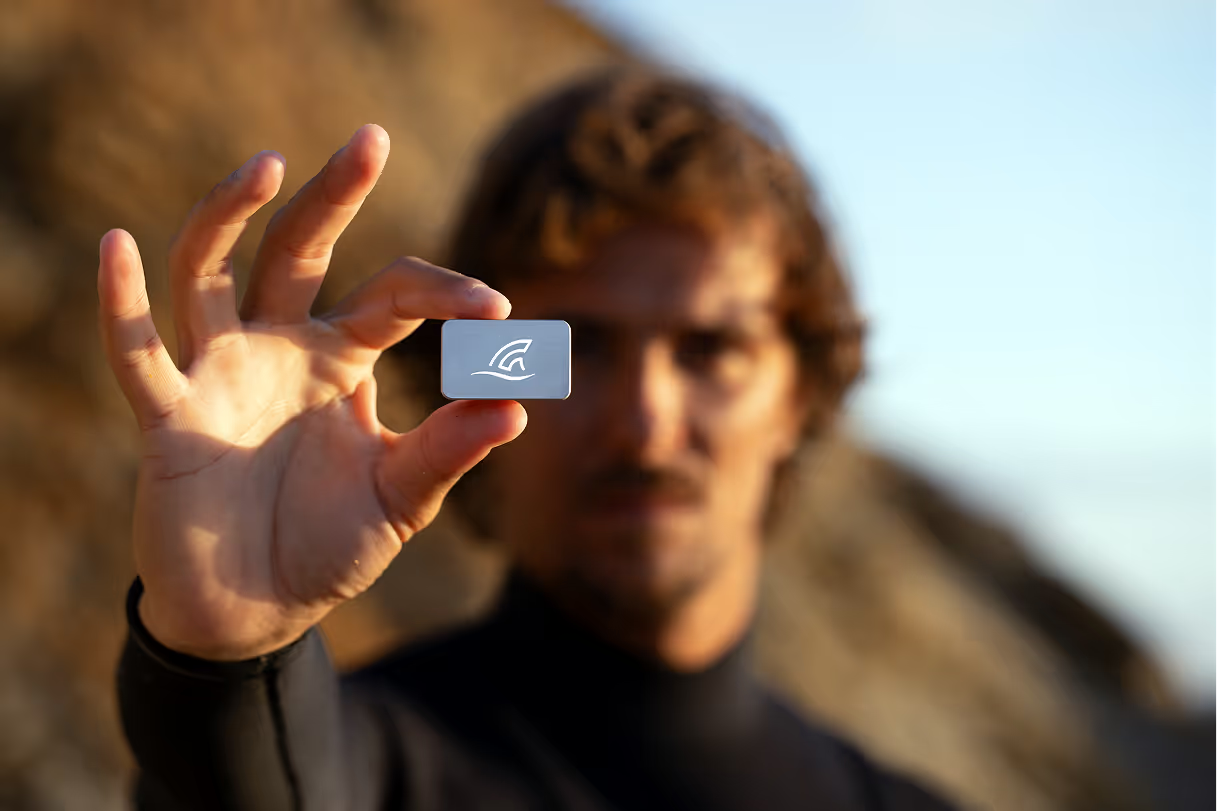How to Snap in Surfing: Quick, Controlled Fins-Free Turns
Why the Snap Matters
The snap is one of surfing’s most expressive maneuvers—a quick, explosive turn that throws spray and shows control at the lip. Unlike a carve, the snap isn’t about holding rail—it’s about releasing it. But pulling it off cleanly takes timing, precision, and the ability to re-center instantly after release.
Common Snap Mistakes
- Over-Rotating (Slipping Out) – Throwing the tail too hard sends your board past the balance point. You lose control, slide out, and fall. The key is to stay centered as the fins release and control the board back under you.
- Under-Rotating (Half Snap) – Not committing fully leaves you with a weak top turn—fins never release, spray is minimal, and the move looks forced. Hesitation kills power.
- Poor Wave Choice – Snaps need a steep, pitching section—not a soft shoulder or a full closeout. Attempting them in the wrong spot either bogs or ends in a wipeout.
- Off-Balance Landing – Throwing the tail is only half the battle. You must quickly shift your weight forward and re-center over the board as the fins re-engage.
- Bad Stance Setup – Standing too tall or too far forward limits how fast you can unweight and re-weight. Keep a low, compact stance with your back foot over the pad kick for full control.
How TRAX Helps You Refine Your Snap
- Tail Release Cue – TRAX detects when the fins lose hold and re-engage. If it sees no release (just a carve), it can prompt: “Push harder off your back foot to free the fins.” If it sees uncontrolled slides and wipeouts, it can suggest: “Center your weight to regain control during release.”
- Snap Angle Cue – Orientation data reveals rotation. If your snaps only reach ~60°, TRAX suggests: “Commit more—turn your board further toward the beach.” If you’re spinning too far (>120°), cue: “Ease the rotation—aim your snap toward the landing zone.”
- Vertical Approach Cue – A real snap comes from the lip, not mid-face. If TRAX notices low entry angles, it can advise: “Go more vertical before you release for a sharper snap.”
- Landing Stability Cue – TRAX measures impact and pressure balance. If landings show heavy tail pressure, it might say: “Shift weight slightly forward on landing to ride out cleanly.”
- Section Match Cue – If speed drops and the turn takes too long, TRAX may infer you’re trying to snap on a soft section. Cue: “Look for steeper sections—snaps need energy from the lip.”
Drills to Master the Snap
- Foam Lip Hits – On small waves, practice hitting the foam as it breaks. It’s a safe way to feel the tail release and build control in forgiving conditions.
- Snap on a Skate Ramp – Use a surf skate on a quarterpipe or steep bank. Approach vertically, rotate quickly, and re-center—just like in water. Great for learning balance and timing.
- Backside Snap Practice – Practice backside snaps on soft closeouts to build comfort with the motion and reduce hesitation.
- Check-to-Snap Drill – Do a light check turn, then a harder snap immediately after. This trains timing and helps you stay balanced between quick direction changes.
- Power Training – Add jump squats and rotational core exercises to improve explosive strength—essential for initiating and landing snaps.
Stage-Specific Feedback
- Intermediate: Start on soft sections. Don’t worry about full fin release yet—focus on quick upper-body rotation and re-centering. TRAX can confirm when you start achieving partial release.
- Advanced: Refine your control and timing. If TRAX shows strong tail release but big speed drops, shift slightly forward during recovery to maintain momentum. Mix snaps with carves to keep flow.
- Pro: At this level, snaps are about style and precision. TRAX helps fine-tune rotation angles and consistency: one degree too much can mean lost control, one too little loses impact. Use data to balance radical release with seamless recovery.
How TRAX Makes It Measurable
TRAX takes the guesswork out of high-speed maneuvers. It measures rotation, pressure, and landing stability—turning every snap into a data point you can improve on. Whether you’re chasing more spray, smoother landings, or perfect flow, TRAX tells you exactly where to focus.
Related Reading
- Complete Your Turns – Stop Cutting Them Short
- Bottom Turns – The Setup That Defines Your Surfing
- How Surfing a Twin Fin Changes Everything – If You Let It








